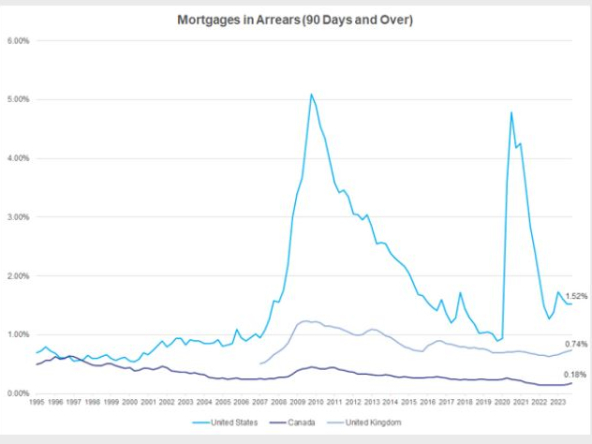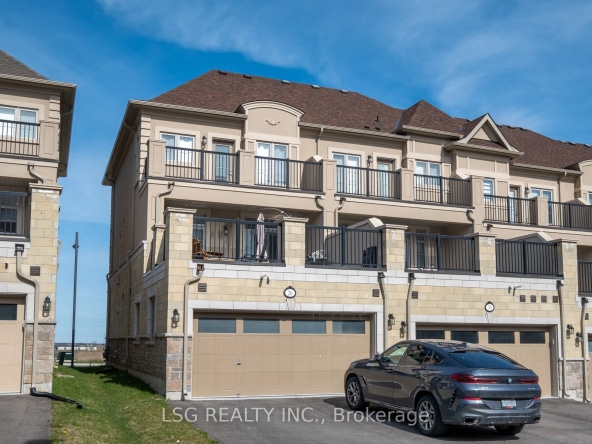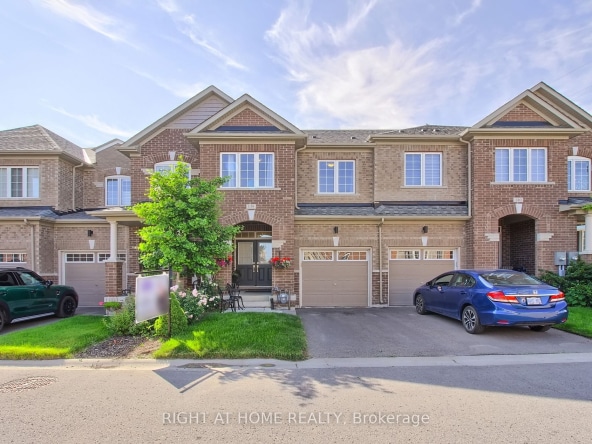CBRE’s Paul Morassutti explains that various factors since 2022 have influenced the divergence in activity between private buyers and institutional investors in the real estate market. These factors include rising interest rates, uncertainty in the office market, slower industrial rent growth, and speculation of regulatory changes for multifamily properties.
Institutional investors, who typically target larger properties, faced challenges in committing capital due to uncertainty regarding the impact of interest rates on property values and other concerns. The herd mentality prevalent among institutional investors led many to adopt a cautious approach, resulting in limited activity.
On the other hand, private buyers, being more nimble and less dependent on financing, displayed greater agility in the market. Their ability to pay in cash and delay financing until favorable interest rate conditions arise, along with their higher risk tolerance, contributed to their continued involvement.
While credit conditions have tightened, it is anticipated that interest rates in 2023 will experience less significant escalation compared to the previous year. This stability in interest rates is expected to bring increased stability to the real estate market and potentially facilitate more transactions.
According to CBRE’s Canadian Cap Rates & Investment Insights report, there has been a small overall increase in cap rates:
In the first quarter, capitalization rates continued to rise, albeit at a slower pace. The national average cap rate for all properties increased by 10 basis points to 6.12%. Towards the end of the quarter, the softening of bond yields resulted in wider real estate spreads, helping to mitigate some of the upward pressure on cap rates.
CBRE’s Paul Morassutti acknowledged the market’s volatility and uncertainty. While much of the cap rate movement has already been accounted for in 2022, there remains a level of unpredictability. Cap rates continued to increase in Q1, albeit at a slower rate than the previous year, as the expected rate of interest rate increases is anticipated to be less pronounced.
Office investment trends:
cap rates for office properties in Q1 continued to rise, with suburban and class-B assets experiencing the most significant increases. The widening gap between different office property classes highlights the preference for high-quality, recently built properties with strong ESG credentials. These properties attract tenants and maintain higher occupancy levels compared to class-B and -C properties, which face more vulnerabilities in the current market.
Office buildings with significant lease exposure pose higher risks, while owners dealing with refinancing or debt rollovers may face challenges due to decreased valuations and lower loan-to-value ratios. Distressed deals may arise, but the impact is expected to be less severe in Canada compared to the U.S.
Overall, vigilance and close monitoring of these market developments are crucial for industry stakeholders, as the situation continues to evolve.
Industrial investment trends:
In Q1, the rate of cap rate increases in the industrial sector slowed down. The national average cap rate for class-A and -B industrial properties rose by 11 basis points, reaching 5.57%. When compared to the previous year, average industrial cap rates have increased by 86 basis points, bringing them in line with pre-pandemic yields.
Paul Morassutti explains that the anticipation of rental upside, or the lack thereof, plays a significant role in shaping cap rates. Previously, investors were willing to accept lower cap rates with the expectation of robust rental growth and a rapid transition to higher rates. However, the prospect of more muted rental growth has led to a slight increase in cap rates for industrial properties. The less compelling growth prospects have contributed to this shift, in contrast to the stronger growth observed in previous years.
Retail Investment trends:
In summary, the retail sector experienced a modest increase in cap rates across all categories in the first quarter. Non-anchored strip, neighborhood, and power categories saw smaller cap rate increases, while strip, regional, and urban street front categories experienced larger increases.
Strip retail assets had the highest quarterly cap rate increase, rising by 17 basis points to reach 6.2%. Regional retail followed with a 14 basis point increase, reaching 6.02%.
There has been a resurgence in global demand for retail assets, including in Canada, leading to improved sentiment in the retail sector. Neighborhood strip malls anchored by essential retailers and large shopping centers with redevelopment potential are particularly sought after. Positive news and sentiment surround various retail segments, such as street front retail in major markets like Toronto.
In the multifamily sector, cap rates remained relatively stable in Q1 due to strong demand offsetting upward pressure on yields. The national average cap rate for all multifamily categories increased by just one basis point, reaching 4.39%.
For high-rise multifamily assets, the national average class-A yield increased slightly to 4.04%, while the spread to class-B assets narrowed to 39 basis points. Cap rates for low-rise properties remained unchanged, with class-A and -B yields at 4.35% and 4.74% respectively.
Overall, these trends suggest a nuanced market in both the retail and multifamily sectors, with some variations in cap rate movements across different property categories.
Senior’s housing investment trends:
Investment activity in the senior’s housing sector has been low, as larger investors have adopted a wait-and-see approach. Cap rates for seniors housing properties have been affected by rising interest rates, putting upward pressure on them. However, there is optimism as rental rate growth is expected to outpace expense inflation in many markets. This positive rental rate growth could offset or eliminate the negative impact of interest rate effects on cap rates, particularly for well-positioned assets.
The senior’s housing sector is expected to continue stabilizing, and there is anticipation of a modest return of institutional investment activity in late 2023 or early 2024. In the meantime, private investment groups are expected to be the dominant players in the market.
Hotel investment trends:
The hotel sector demonstrated significant improvement in performance during the first quarter, with positive growth in average daily rates and revenue per available room. However, investment activity in the sector remained subdued as investors adopted a selective and patient approach, focusing on strategic acquisitions and considering the higher cost of debt in their underwriting. This has put pressure on cap rates to expand.
Higher borrowing costs led to an approximate 50 basis point increase in cap rates within the hotel sector. However, as interest rates stabilize and the hotel industry maintains strong operating fundamentals, it is anticipated that transaction volumes will accelerate in the latter half of 2023.
Despite challenges such as labor shortages and increased costs, the overall outlook for the hotel sector remains positive. Although sales activity has been relatively low, there is a growing pipeline of potential deals, indicating a more active year for hotel sector sales.
Owners of hotels experiencing significant increases in average daily rates and strong performance may be inclined to hold onto their assets rather than selling at the moment. The favorable performance may lead them to question the timing of selling when their asset is performing well.




